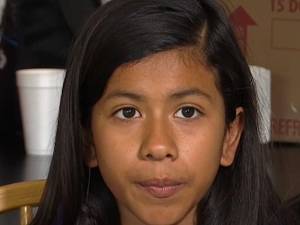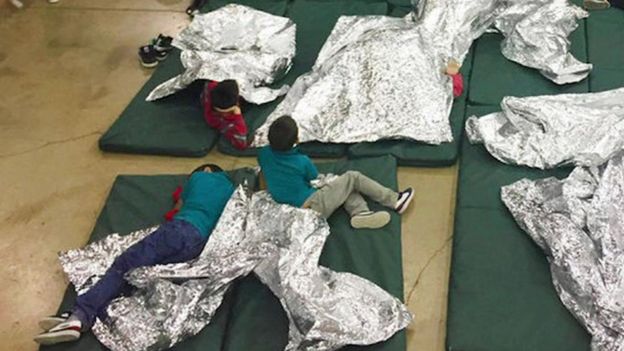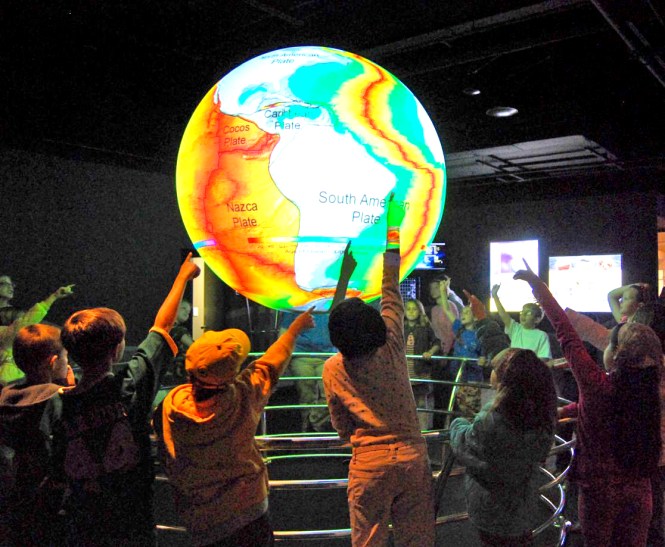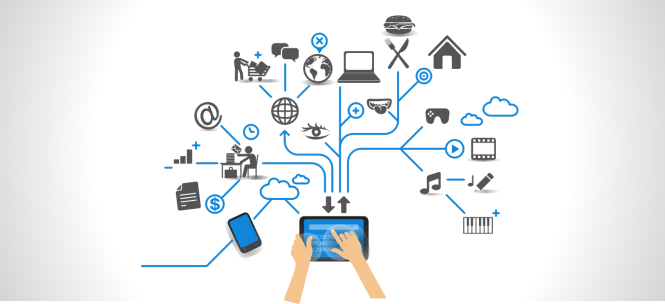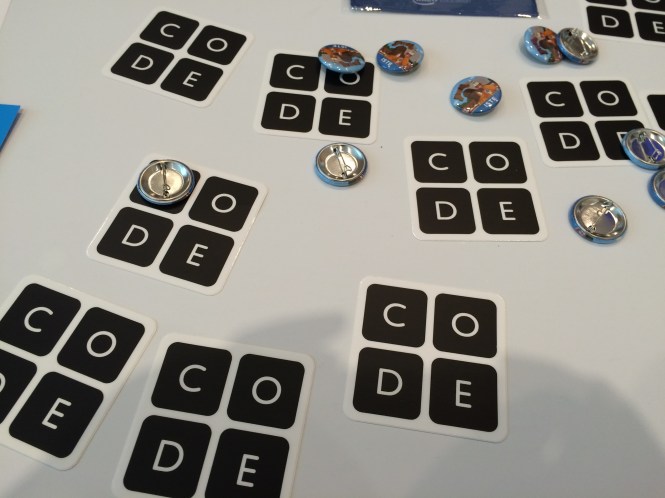 At the SITE.org conference there was a presentation, a keynote referencing the trouble of boys, minority boys. People seem to have just discovered this problem. It may be because of the President’s initiative. I have known so many people who got lost in the system, I did not want to go and cry and think about them.I lived in Alexandria, Virginia when the city’s population was mostly black and white. People came to Alexandria from the deep south to go to school. Most everyone in my family has done some teaching. I dedicated my working life to making change, but not a lot of change has happened.
At the SITE.org conference there was a presentation, a keynote referencing the trouble of boys, minority boys. People seem to have just discovered this problem. It may be because of the President’s initiative. I have known so many people who got lost in the system, I did not want to go and cry and think about them.I lived in Alexandria, Virginia when the city’s population was mostly black and white. People came to Alexandria from the deep south to go to school. Most everyone in my family has done some teaching. I dedicated my working life to making change, but not a lot of change has happened.
it is Spring on the Chesapeake. Gone are the days of using Oystering for a living, crabbing and a little truck gardening for a sustainable life. Today, one need to code, use computers, and have lots of other skills. But the industrial arts seem to have disappeared here and there.

When I first started teaching in a school, a black school, there was a place right outside my window where day laborers huddled around a fire. Lots of the kids that were in that class had relatives who were out there. I didn’t have to say much about why it was important to learn. Those huddled around the fire, said it all.We never teased about it, but people’s relatives were there.
You just had to look.

My dad was a high school shop teacher. He was also a mentor for many troubled boys. I have seen them come and go. When he died so many came to say goodbye.. but all of them could not, as some of them did not escape the prison system.
Fortunately ,many did and talked about mentorship, how he counseled them and helped them. My mother fussed a lot about these boys, who ate, sometimes slept and who hung around our family. My dad paid them regular wages when they crawled under houses and wired people’s homes.This was good for them to learn to earn, manage and have a plan for getting to go to school, if that was what they wanted. Some of them used Industrial Arts to earn money to go to college. * I was married by one of his students, who paused in the ceremony to speak of my father. Lots of those types of opportunities have disappeared from career education.
When integration happened, my father got the dregs, the people no one wanted to teach. They used to always put them into shop. My father was a no nonsense kind of guy who was able to teach bricklaying, electrical shop and carpentry. He had a wry sense of humor that helped a lot too. I am not sure where he learned to be able to teach people with disabilities. He was excellent in that skill. There were students who did really well, but they had to go by the rules.
My father and a Jewish friend of his, re-habbed houses for people who escaped the Holocaust, and poor people who came up from southern states as well. During those days, the NAACP and Jewish leaders worked together because they understood the problems of exclusion.
The things that people said about the prison pipeline were nothing new. But I am glad they said them. Maybe people new to the problem will care. We still have discretional segregation and some of it is done so skillfully that many people are not aware of it.
Here is an excellent written presentation of the problem from Teaching Tolerance.
Publications
The School-to-Prison Pipeline
Blogs and Articles: Discipline and Behavior
Printer-friendly versionPrinter-friendly version
Number 43: Spring 2013
Illustration by Chris Buzelli
In Meridian, Miss., police routinely arrest and transport youths to a juvenile detention center for minor classroom misbehaviors. In Jefferson Parish, La., according to a U.S. Department of Justice complaint, school officials have given armed police “unfettered authority to stop, frisk, detain, question, search and arrest schoolchildren on and off school grounds.” In Birmingham, Ala., police officers are permanently stationed in nearly every high school.
In fact, hundreds of school districts across the country employ discipline policies that push students out of the classroom and into the criminal justice system at alarming rates—a phenomenon known as the school-to-prison pipeline.
Last month, Sen. Richard Durbin, D-Ill., held the first federal hearing on the school-to-prison pipeline—an important step toward ending policies that favor incarceration over education and disproportionately push minority students and students with disabilities out of schools and into jails.
In opening the hearing, Durbin told the subcommittee of the Senate Judiciary Committee, “For many young people, our schools are increasingly a gateway to the criminal justice system. This phenomenon is a consequence of a culture of zero tolerance that is widespread in our schools and is depriving many children of their fundamental right to an education.”
A wide array of organizations—including the Southern Poverty Law Center, the NAACP and Dignity in Schools—offered testimony during the hearing. They joined representatives from the Departments of Education and Justice to shine a national spotlight on a situation viewed far too often as a local responsibility.
“We have a national problem that deserves federal action,” Matthew Cregor, an attorney with the NAACP Legal Defense Fund, explained. “With suspension a top predictor of dropout, we must confront this practice if we are ever to end the ‘dropout crisis’ or the so-called achievement gap.” In the words of Vermont’s Sen. Patrick Leahy, “As a nation, we can do better.”
What is the School-to-Prison Pipeline?
Policies that encourage police presence at schools, harsh tactics including physical restraint, and automatic punishments that result in suspensions and out-of-class time are huge contributors to the pipeline, but the problem is more complex than that.
The school-to-prison pipeline starts (or is best avoided) in the classroom. When combined with zero-tolerance policies, a teacher’s decision to refer students for punishment can mean they are pushed out of the classroom—and much more likely to be introduced into the criminal justice system.
Who’s in the Pipeline?
Students from two groups—racial minorities and children with disabilities—are disproportionately represented in the school-to-prison pipeline. African-American students, for instance, are 3.5 times more likely than their white classmates to be suspended or expelled, according to a nationwide study by the U.S. Department of Education Office for Civil Rights. Black children constitute 18 percent of students, but they account for 46 percent of those suspended more than once.
For students with disabilities, the numbers are equally troubling. One report found that while 8.6 percent of public school children have been identified as having disabilities that affect their ability to learn, these students make up 32 percent of youth in juvenile detention centers.
The racial disparities are even starker for students with disabilities. About 1 in 4 black children with disabilities were suspended at least once, versus 1 in 11 white students, according to an analysis of the government report by Daniel J. Losen, director of the Center for Civil Rights Remedies of the Civil Rights Project at UCLA.
A landmark study published last year tracked nearly 1 million Texas students for at least six years. The study controlled for more than 80 variables, such as socioeconomic class, to see how they affected the likelihood of school discipline. The study found that African Americans were disproportionately punished compared with otherwise similar white and Latino students. Children with emotional disabilities also were disproportionately suspended and expelled.
In other studies, Losen found racial differences in suspension rates have widened since the early 1970s and that suspension is being used more frequently as a disciplinary tool. But he said his recent study and other research show that removing children from school does not improve their behavior. Instead, it greatly increases the likelihood that they’ll drop out and wind up behind bars.
Punishing Policies
The SPLC advocates for changes to end the school-to-prison pipeline and has filed lawsuits or civil rights complaints against districts with punitive discipline practices that are discriminatory in impact.
According to the U.S. Department of Justice, the number of school resource officers rose 38 percent between 1997 and 2007. Jerri Katzerman, SPLC deputy legal director, said this surge in police on campus has helped to criminalize many students and fill the pipeline.
One 2005 study found that children are far more likely to be arrested at school than they were a generation ago. The vast majority of these arrests are for nonviolent offenses. In most cases, the students are simply being disruptive. And a recent U.S. Department of Education study found that more than 70 percent of students arrested in school-related incidents or referred to law enforcement are black or Hispanic. Zero-tolerance policies, which set one-size-fits-all punishments for a variety of behaviors, have fed these trends.
Best Practices
Instead of pushing children out, Katzerman said, “Teachers need a lot more support and training for effective discipline, and schools need to use best practices for behavior modification to keep these kids in school where they belong.”
Keeping at-risk kids in class can be a tough order for educators under pressure to meet accountability measures, but classroom teachers are in a unique position to divert students from the school-to-prison pipeline.
Teachers know their students better than any resource officer or administrator—which puts them in a singularly empowered position to keep students in the classroom. It’s not easy, but when teachers take a more responsive and less punitive approach in the classroom, students are more likely to complete their education.
The information in “A Teacher’s Guide to Rerouting the Pipeline” highlights common scenarios that push young people into the school-to-prison pipeline and offers practical advice for how teachers can dismantle the school-to-prison pipeline.
>> Avoiding the Pipeline
How can school districts divert the school-to-prison pipeline?
1. Increase the use of positive behavior interventions and supports.
2. Compile annual reports on the total number of disciplinary actions that push students out of the classroom based on gender, race and ability.
3. Create agreements with police departments and court systems to limit arrests at school and the use of restraints, such as mace and handcuffs.
4. Provide simple explanations of infractions and prescribed responses in the student code of conduct to ensure fairness.
5. Create appropriate limits on the use of law enforcement in public schools.
6. Train teachers on the use of positive behavior supports for at-risk students.
What is the School-to-Prison Pipeline?
Policies that encourage police presence at schools, harsh tactics including physical restraint, and automatic punishments that result in suspensions and out-of-class time are huge contributors to the pipeline, but the problem is more complex than that.
The school-to-prison pipeline starts (or is best avoided) in the classroom. When combined with zero-tolerance policies, a teacher’s decision to refer students for punishment can mean they are pushed out of the classroom—and much more likely to be introduced into the criminal justice system.
Who’s in the Pipeline?
Students from two groups—racial minorities and children with disabilities—are disproportionately represented in the school-to-prison pipeline. African-American students, for instance, are 3.5 times more likely than their white classmates to be suspended or expelled, according to a nationwide study by the U.S. Department of Education Office for Civil Rights. Black children constitute 18 percent of students, but they account for 46 percent of those suspended more than once.
For students with disabilities, the numbers are equally troubling. One report found that while 8.6 percent of public school children have been identified as having disabilities that affect their ability to learn, these students make up 32 percent of youth in juvenile detention centers.
The racial disparities are even starker for students with disabilities. About 1 in 4 black children with disabilities were suspended at least once, versus 1 in 11 white students, according to an analysis of the government report by Daniel J. Losen, director of the Center for Civil Rights Remedies of the Civil Rights Project at UCLA.
A landmark study published last year tracked nearly 1 million Texas students for at least six years. The study controlled for more than 80 variables, such as socioeconomic class, to see how they affected the likelihood of school discipline. The study found that African Americans were disproportionately punished compared with otherwise similar white and Latino students. Children with emotional disabilities also were disproportionately suspended and expelled.
In other studies, Losen found racial differences in suspension rates have widened since the early 1970s and that suspension is being used more frequently as a disciplinary tool. But he said his recent study and other research show that removing children from school does not improve their behavior. Instead, it greatly increases the likelihood that they’ll drop out and wind up behind bars.
Punishing Policies
The SPLC advocates for changes to end the school-to-prison pipeline and has filed lawsuits or civil rights complaints against districts with punitive discipline practices that are discriminatory in impact.
According to the U.S. Department of Justice, the number of school resource officers rose 38 percent between 1997 and 2007. Jerri Katzerman, SPLC deputy legal director, said this surge in police on campus has helped to criminalize many students and fill the pipeline.
One 2005 study found that children are far more likely to be arrested at school than they were a generation ago. The vast majority of these arrests are for nonviolent offenses. In most cases, the students are simply being disruptive. And a recent U.S. Department of Education study found that more than 70 percent of students arrested in school-related incidents or referred to law enforcement are black or Hispanic. Zero-tolerance policies, which set one-size-fits-all punishments for a variety of behaviors, have fed these trends.
Best Practices
Instead of pushing children out, Katzerman said, “Teachers need a lot more support and training for effective discipline, and schools need to use best practices for behavior modification to keep these kids in school where they belong.”
Keeping at-risk kids in class can be a tough order for educators under pressure to meet accountability measures, but classroom teachers are in a unique position to divert students from the school-to-prison pipeline.
Teachers know their students better than any resource officer or administrator—which puts them in a singularly empowered position to keep students in the classroom. It’s not easy, but when teachers take a more responsive and less punitive approach in the classroom, students are more likely to complete their education.
The information in “A Teacher’s Guide to Rerouting the Pipeline” highlights common scenarios that push young people into the school-to-prison pipeline and offers practical advice for how teachers can dismantle the school-to-prison pipeline.

Saturday class at JEF
Avoiding the Pipeline
How can school districts divert the school-to-prison pipeline?
1. Increase the use of positive behavior interventions and supports.
2. Compile annual reports on the total number of disciplinary actions that push students out of the classroom based on gender, race and ability.
3. Create agreements with police departments and court systems to limit arrests at school and the use of restraints, such as mace and handcuffs.
4. Provide simple explanations of infractions and prescribed responses in the student code of conduct to ensure fairness.
5. Create appropriate limits on the use of law enforcement in public schools.
6. Train teachers on the use of positive behavior supports for at-risk students.
Personalizing education and teaching career skills help also.Jack Taub used to say . “When inequality is everyone’s problem, maybe something will be done about it.”

Well the problem is a national one now.
Jack said that we could empower students to have superpowers.
Let’s do it.
http://cloakinginequity.com/2014/05/16/brown-v-board-fails-resegregation-is-accidentally-on-purpose-brownat60/



